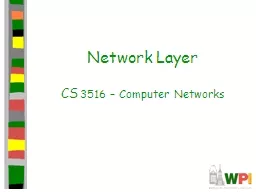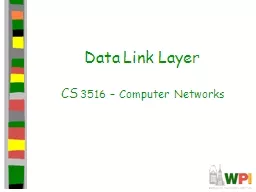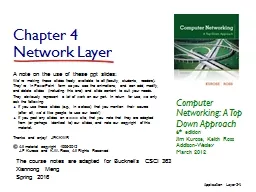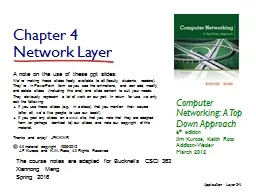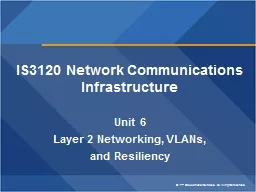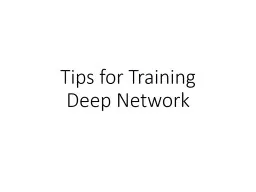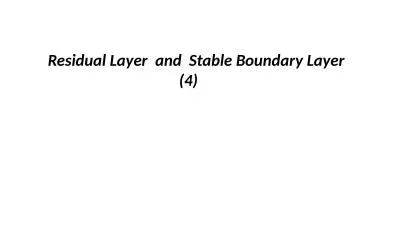PPT-Network Layer:
Author : alida-meadow | Published Date : 2016-09-07
InternetWide Routing amp BGP Dina Katabi amp Sam Madden InterDomain Routing The Internet is a network of D omains of Autonomous Systems ASs Eg MIT ATampT Stanford
Presentation Embed Code
Download Presentation
Download Presentation The PPT/PDF document "Network Layer:" is the property of its rightful owner. Permission is granted to download and print the materials on this website for personal, non-commercial use only, and to display it on your personal computer provided you do not modify the materials and that you retain all copyright notices contained in the materials. By downloading content from our website, you accept the terms of this agreement.
Network Layer:: Transcript
Download Rules Of Document
"Network Layer:"The content belongs to its owner. You may download and print it for personal use, without modification, and keep all copyright notices. By downloading, you agree to these terms.
Related Documents


